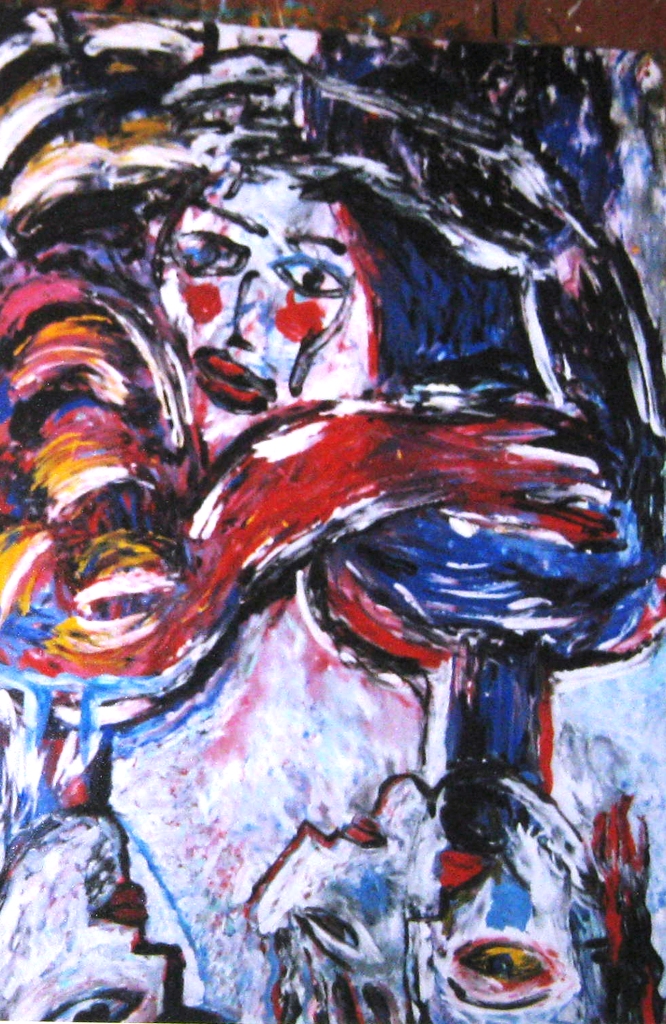
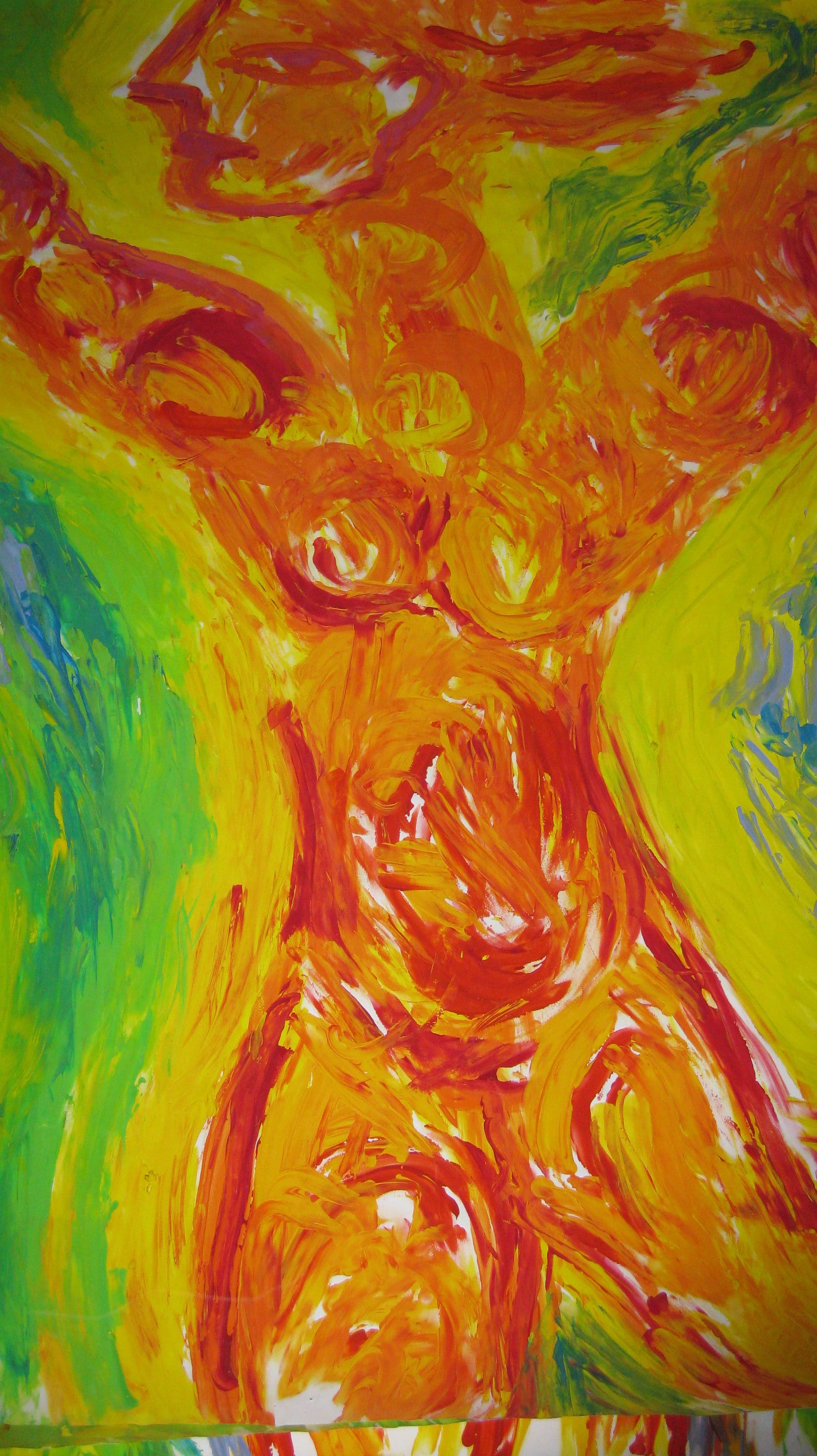
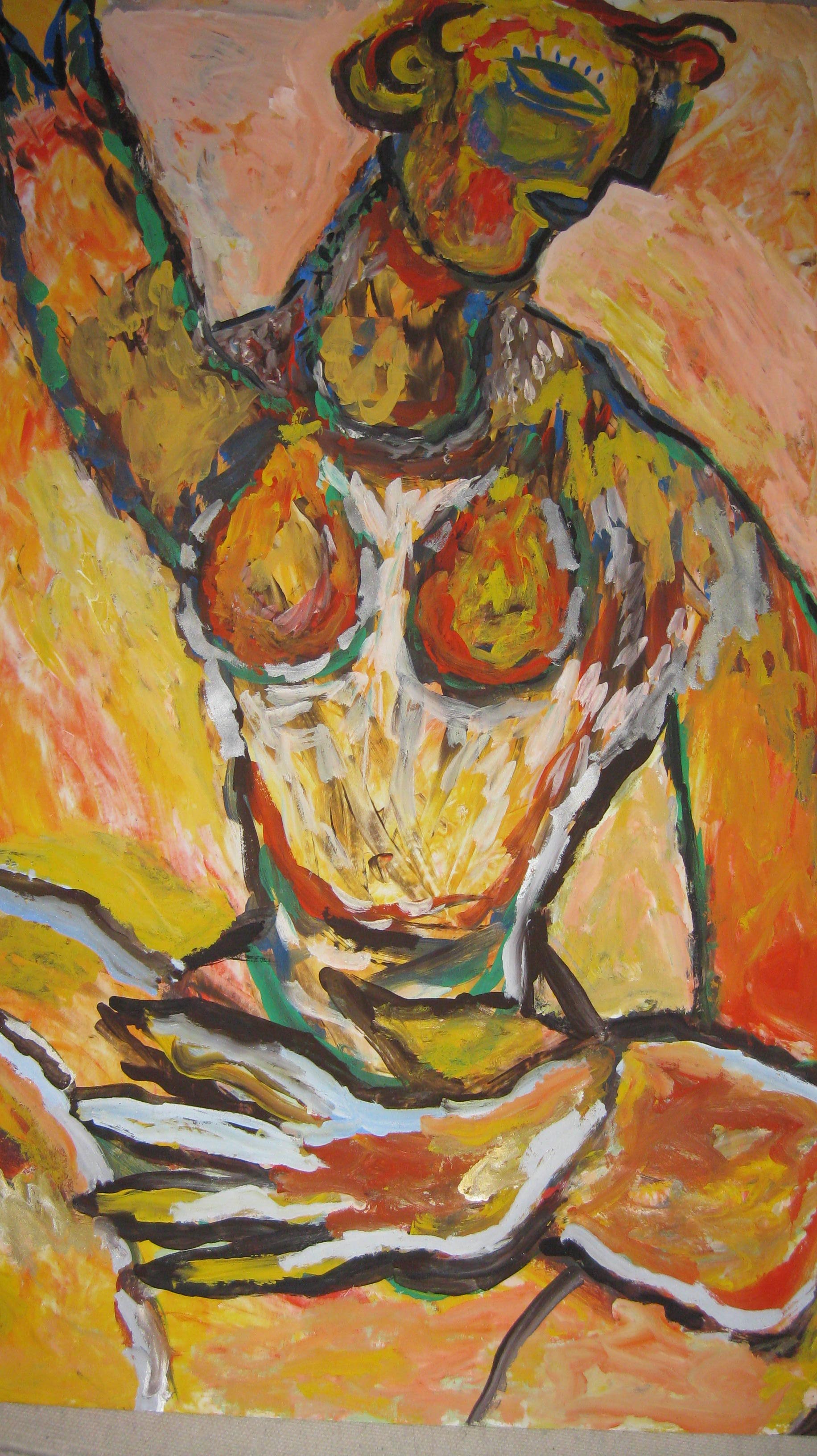



Her pictures mostly depict landscapes or sceneries in nature which she paints with a minimalistic approach. These landscapes are complemented by works showing abstracted figures with a vigorous appeal.
Using her diverse palette of oil- and tempera colors the artist creates pictures that remind of expressionist landscape paintings or works by Edward Munch. In her earlier pieces, which depict figures, the painter concentrated on expression. In one (almost) duo-chromatic work you see a ghostly yellow figure which seemingly disperses into the deep-blue background. Further figures are holding their heads or are screaming. The furious power of her painting technique give the images their emotional nature. The images are so strong that they tend to pull the viewer in and at times the painter has lost herself inside them.
In her later works Bialek started to focus on landscapes and prove herself as a master of atmosphere. The change of subject in the oeuvre helped to ground the artist. She has a unique ability to enrich seemingly harmonic motifs with a touching depth. She continually paints trees, which are standing alone or in small groups. Bialek lets them sway in the wind dramatically or dips them in dark red or blue tones for sunrises or –sets. The supposedly idyllic paintings appear slightly deceptive on the viewer. There seems to be more behind the dislocated trees and the views on the sea or mountain villages than just nature romanticism. During her studies Bialek’s reception of her surroundings changed, which she more and more perceived as a threat. For the artist painting was the only way to deal with these feelings: “No matter how great my misery was, I always wanted to bring color into the pictures.”
The trained architect Bialek has been painting since 2003 in the studio of sculptor Karin Gralki and at Maria Neumair of Kaspar Hauser Stiftung. She lives in a sheltered housing project of Pinel gGmbH.
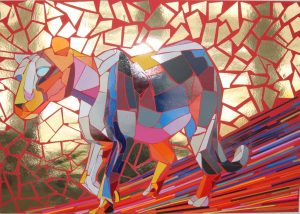
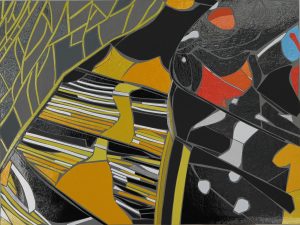
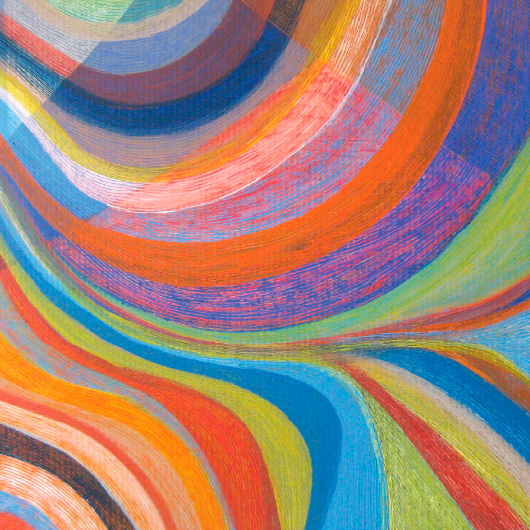
Excerpt from press release accompanying exhibition in 2022:
About 15 years ago, Heidi Bruck began to explore shapes such as circles or triangles in drawings. The artist, who wears only red clothes and has rarely spoken in words since childhood, developed a fascinating visual language as an important medium of communication. The drawings are her notes, she once said. From a multitude of strokes, she creates large, abstract forms that either stand alone or are arranged in pairings. The work appears monumental and simultaneously playful; a lively, sprawling cosmos that contrasts with the artist’s tranquility.
If one looks at important artistic stations in her vita, it is noticeable that she, in addition to a presentation at the Outsider Art Fair Paris (2014) and a nomination for the euward, the European Art Award for Painting and Graphic Arts in the Context of Mental Disability (2015), has repeatedly attracted attention beyond the field of “outsider art”. In 2015, for example, she was nominated for the Losito Art Prize (prize for painting / drawing and graphics). At Galerie ART CRU Berlin, the graphic work of Heidi Bruck is now presented in a comprehensive solo exhibition after many years of collaboration with numerous fair presentations and group exhibitions.
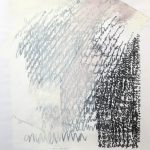
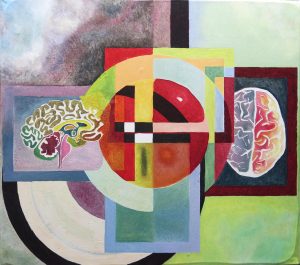
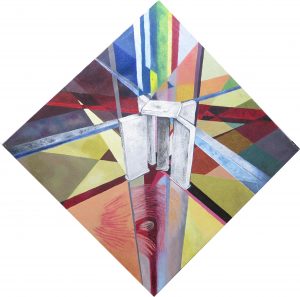
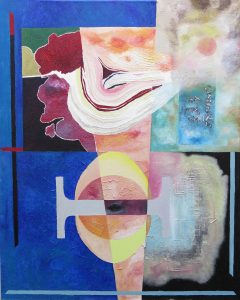
(geb. 1980 in Aachen) widmet sich als Outsider Artist seit 2005 der Malerei.
Da sein Hauptinteresse schon immer auf Kunst, Religion und das Reich der menschlichen Fantasie als solches gerichtet war, dominieren deren Inhalte auch seine Bilder.
„Er übersetzt seinen eigenen Blick auf die Welt in ein dichtes Feld aus Farben, Zeichen, Symbole und Schrift, das seine oft pulsierenden Arbeiten definiert. Der Raum der Bilder bleibt unbestimmt. Durch die Freisetzung der Farben, Figuren, linearen Zeichen und Buchstabenreihen bildet sich ein bewegliches Netzwerk. Seine Bildwelt ist durch Zahlenmystik, übernatürliche Zeichen-Sprache und zur gleichen Zeit seiner naiven malerischen Präsenz geprägt.“ (Matthias Hofmann, Galerie ART CRU Berlin).
E-Mail: henrik.doeren@gmx.de
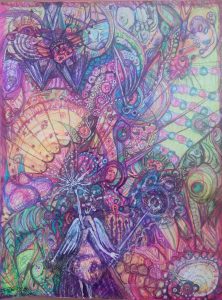
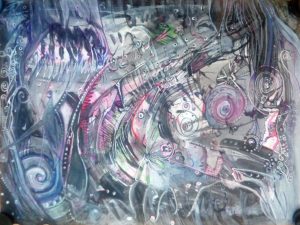
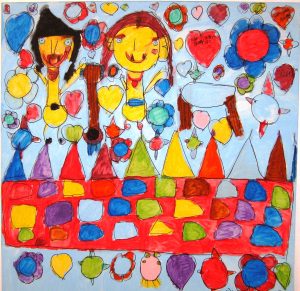
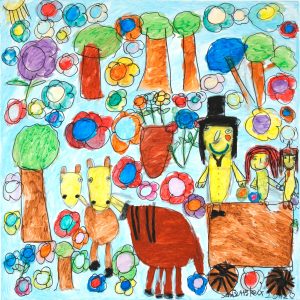
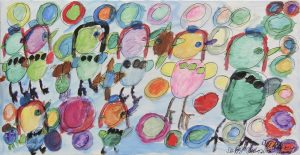
Press Release for exhibition 2021:
Galerie ART CRU Berlin is pleased to host artist Anneliese Grisard’s first-ever solo exhibition. Grisard, who is over 80 years now, has spent years of her life discreetly working in the open studio of Karl Bonhoeffer Nervenklinik (KBon) – a selection of that work is being showcased in the exhibition.
Working for years developing her own unique style of painting, Grisard found her voice by practising all throughout the early 2000’s using famous models from art history. Grisard intensively studied artists like Klimt, Matisse, Modigliani and Co., and it seeped into her own technique. She precisely combines brightly coloured and contrasting colour surfaces in her compositions. Her world of motifs, which in addition to the aforementioned models also includes autonomous work, consists primarily of a wide range of different female figures in addition to a selection of still lives and depiction of nature: art historical motifs from Art Nouveau or classical modernism, such as well-decorated women with hats and fans, headscarves or colourful dresses, a series of strangely enraptured dolls, which she places in front of monochrome backgrounds and which elegance is reminiscent of fashion drawings, to Christian motifs, such as an expressive depiction of the Virgin Mary, based on a peasant painting.
Grisard, along with her sister, fled a children’s home in East Prussia to Thuringia. She was later brought to Berlin by her father, where they resided in Steglitz. Grisard proceeded on to studying sports and painting at the Pädagogische Hochschule, she then attended the Hochschule der Künste Berlin, pedagogical department, was then treated at the KBon and could not complete her studies. She was one of the first artists, in 1998, to join the open studio, which had just been founded by Alexandra von Gersdorff-Bultmann and is now run by Claudia Helfer. Grisard’s work has been shown in numerous group exhibitions.
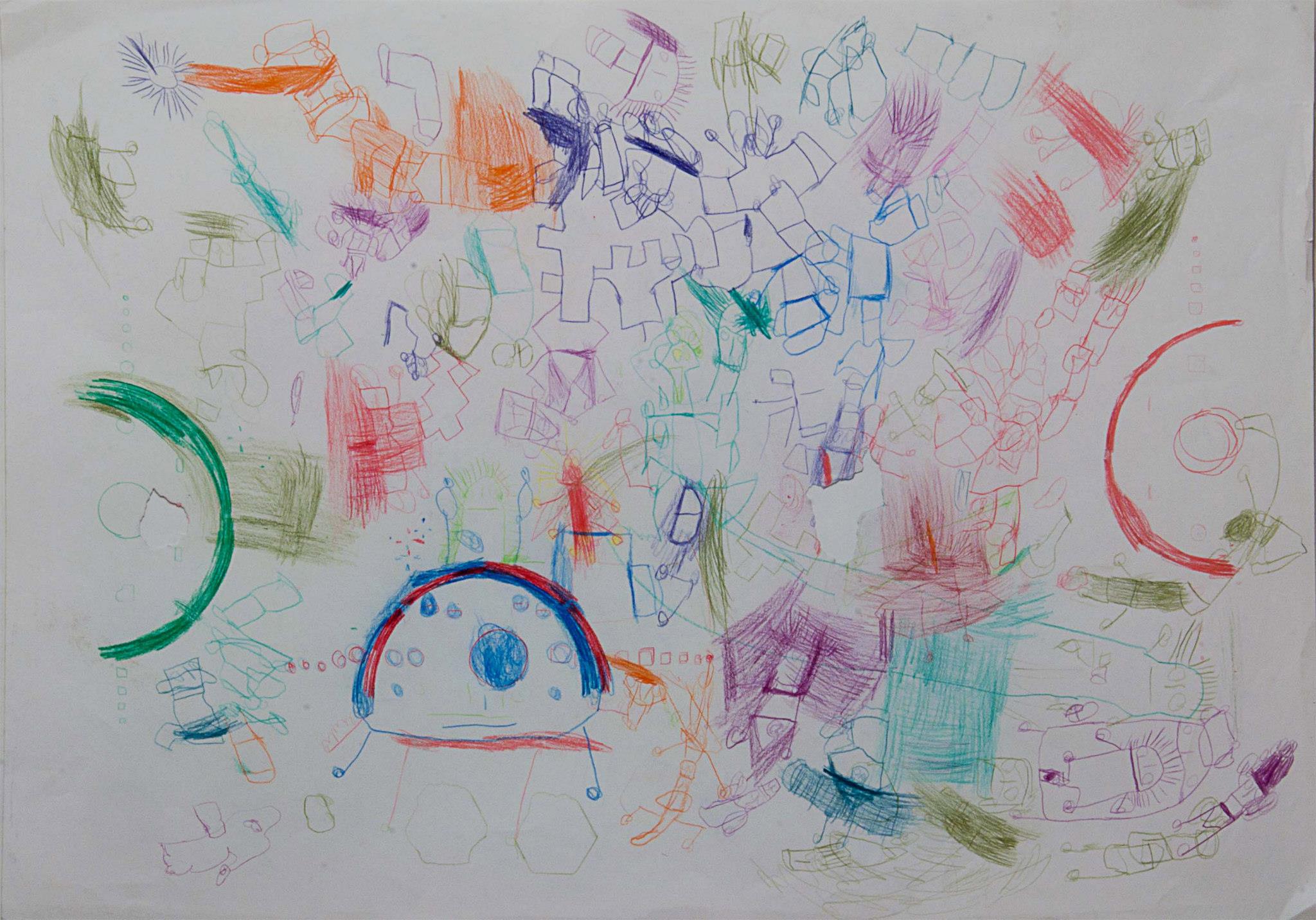
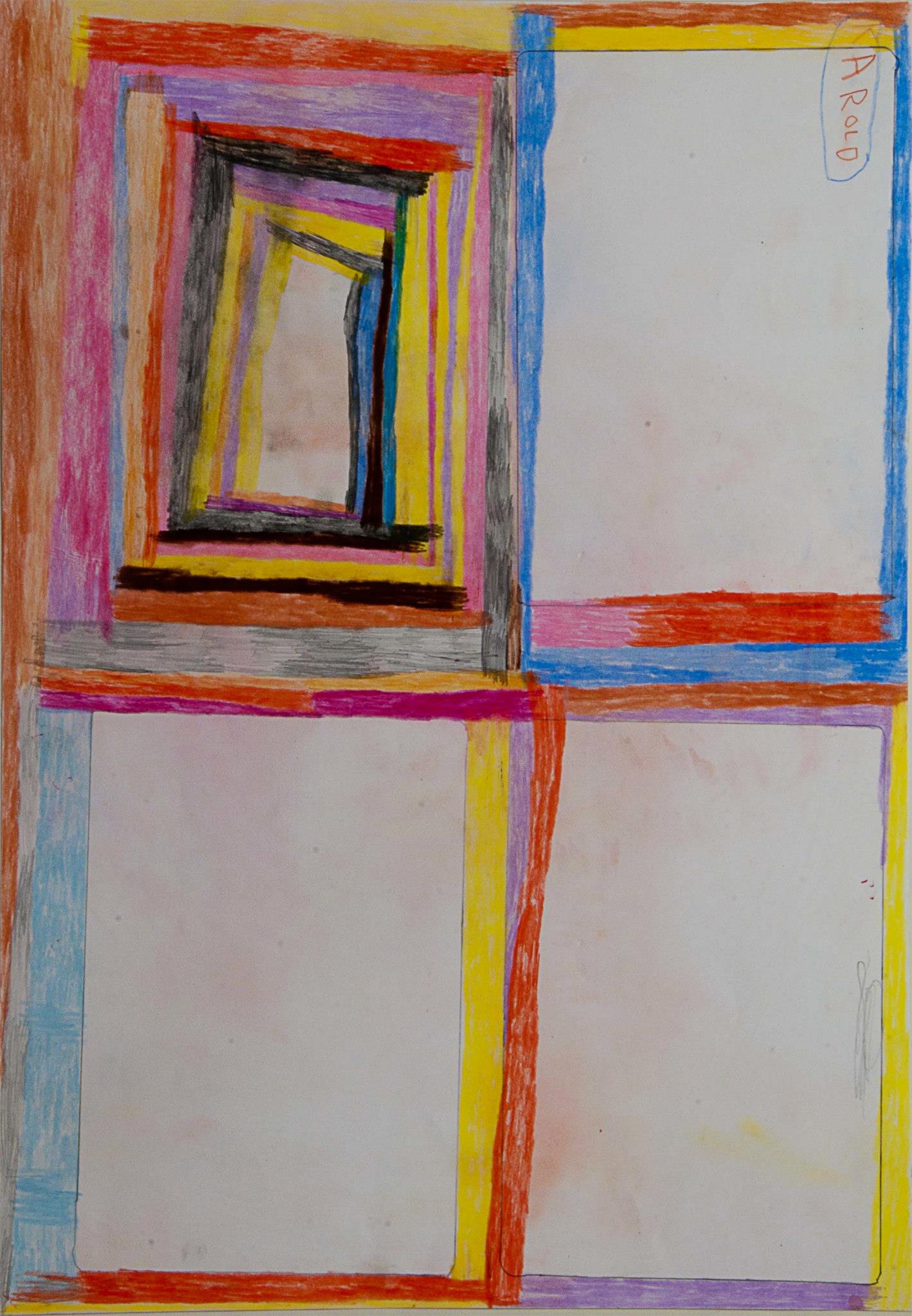
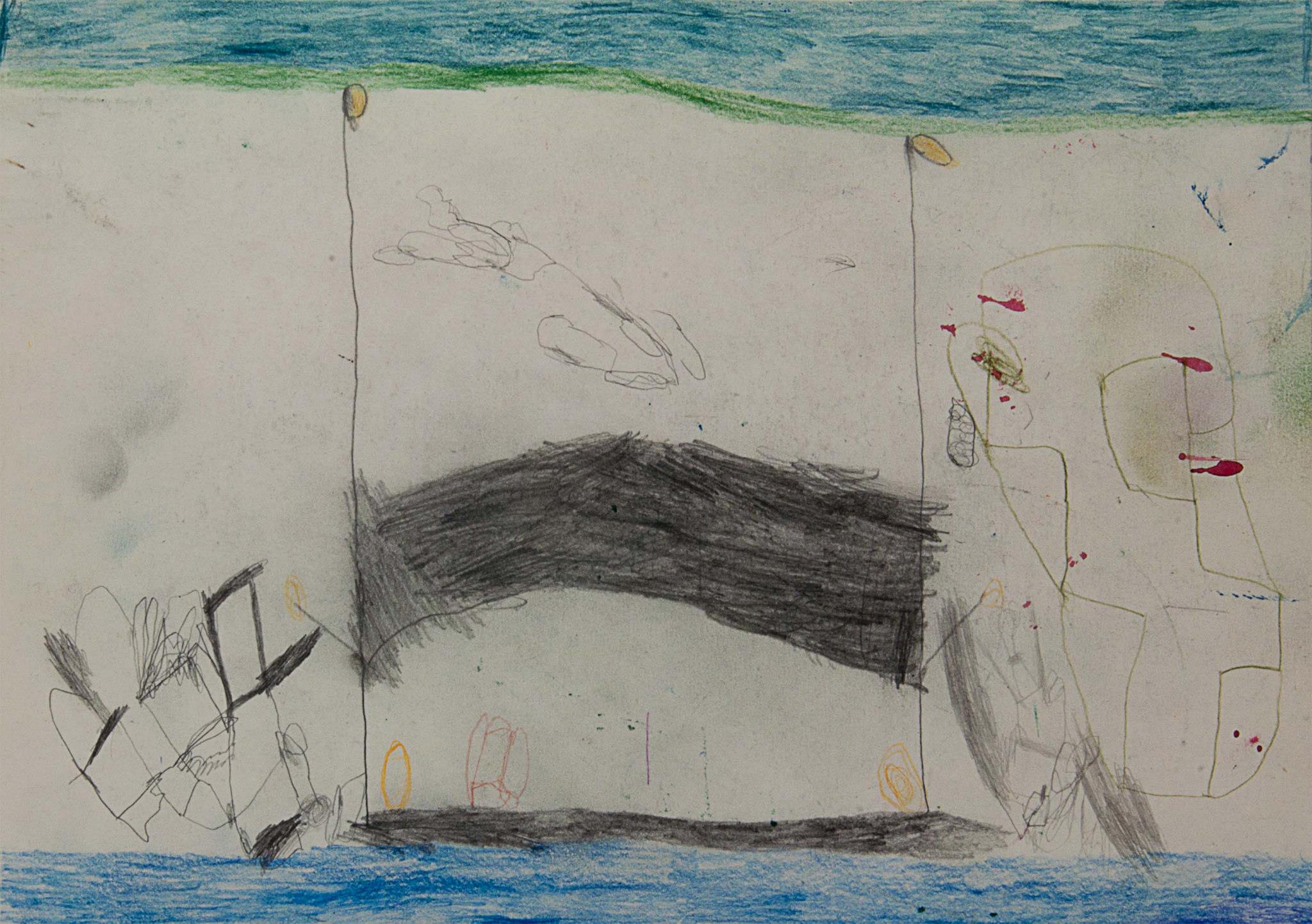
Press Release for exhibition (24.11.2020 – 21.11.2021)
Galerie ART CRU Berlin is showing pictures by Sonja Halbfass, who grew up between the USA and Germany. It is the first exhibition of the artist in Berlin.
These extraordinary paintings reach us like messages from another world. We experience pulsating, teeming, abstract color compositions and challenging perspectives, somewhere between Pop, Op and Psychedelic Art; combined with blurred figurative scenes full of symbolism and enigmatic messages, oscillating between impression and expression. There is a lot of power in these 20+ works created over the last 25 years by the artist.
The paintings convey a spherical atmosphere with compositions that seem to float in the universe. In some of her works on paper, Halbfass forms almost surreal, delicately detailed motifs with a sweeping brushstroke and uncanny precision. She impresses with her broad artistic spectrum, perceptible as an exciting struggle between style and content. In the painting “Kraftwerk” (1998), for example, she groups a hospital bed and a winged woman supplemented by other ghostly figures around a central power plant in a confusing nightmarish scene. In contrast to the disturbing content, the pastel colors suggest harmony, with parts of the entire composition seeming to blend into each other.
Sonja Halbfass was born in 1968 in Eschwege (Hessen). She grew up in an academic household, spending her formative years in the USA after several moves between the American continent and Germany. She was an artistically talented and model student. After being hospitalized at the age of 18 she went on to study psychology and obtained a university degree. In 1989 she relocated to Germany where she has since been living in various forms of sheltered housing, such as currently in the apartments of KommRum e.V. and Die Brücke gGmbH.
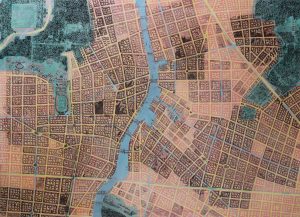
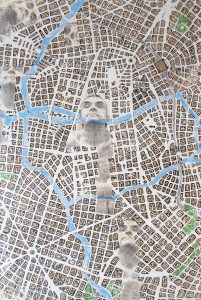
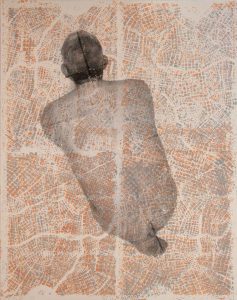
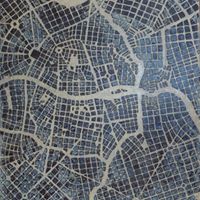
Ich bin ein Textblock. Klicken Sie auf den Bearbeiten Button um diesen Text zu ändern. Lorem ipsum dolor sit amet, consectetur adipiscing elit. Ut elit tellus, luctus nec ullamcorper mattis, pulvinar dapibus leo.
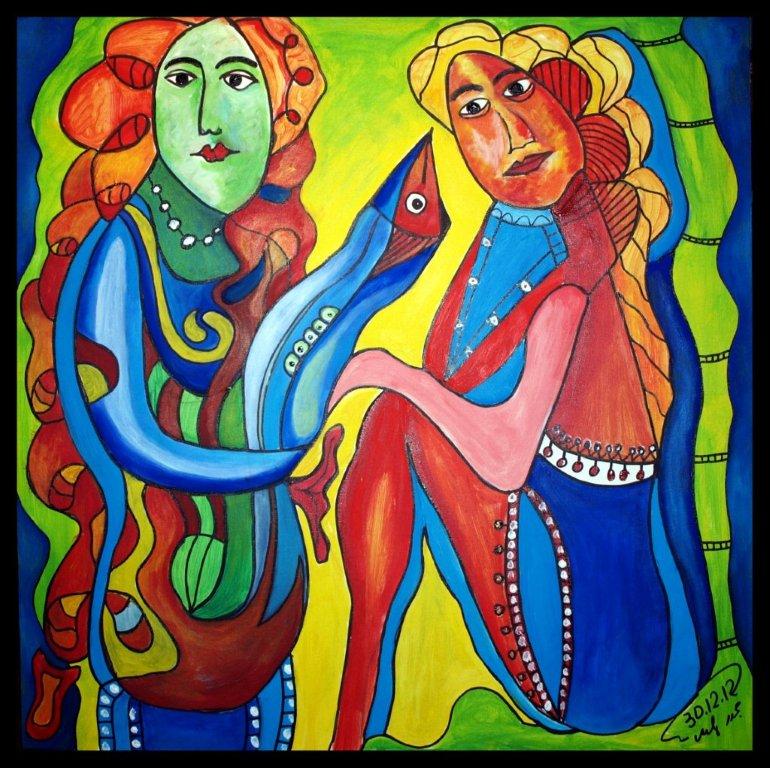
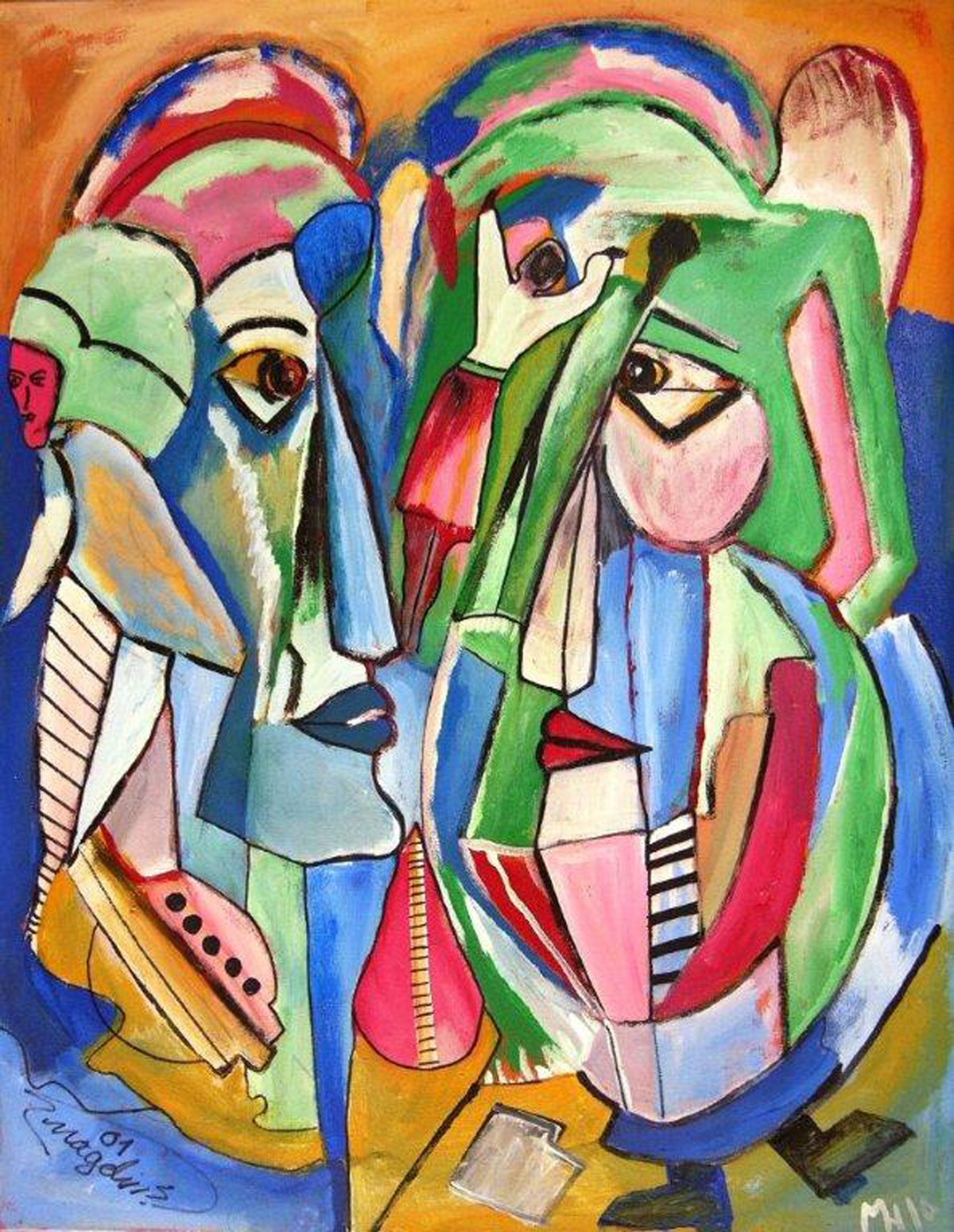
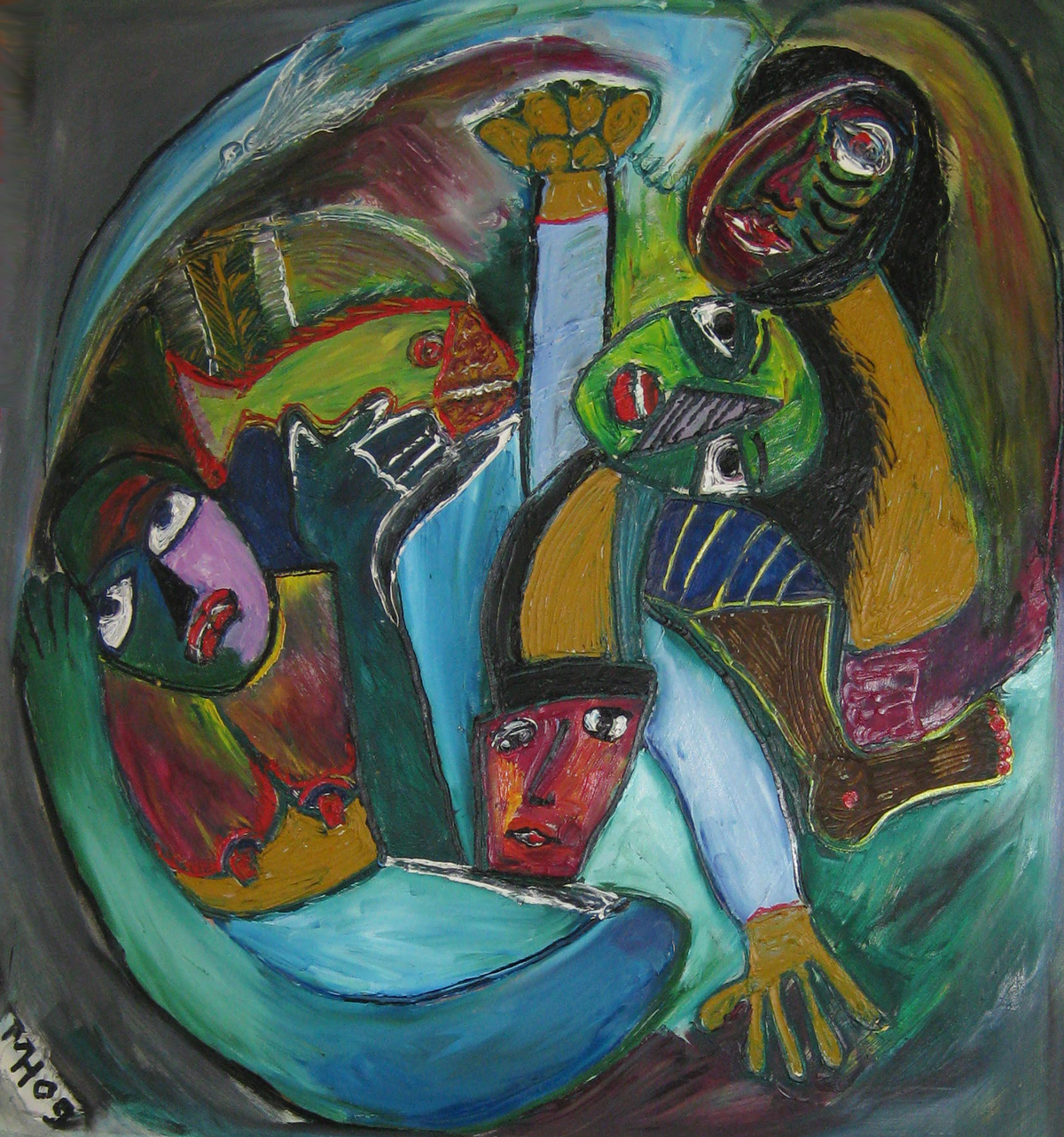
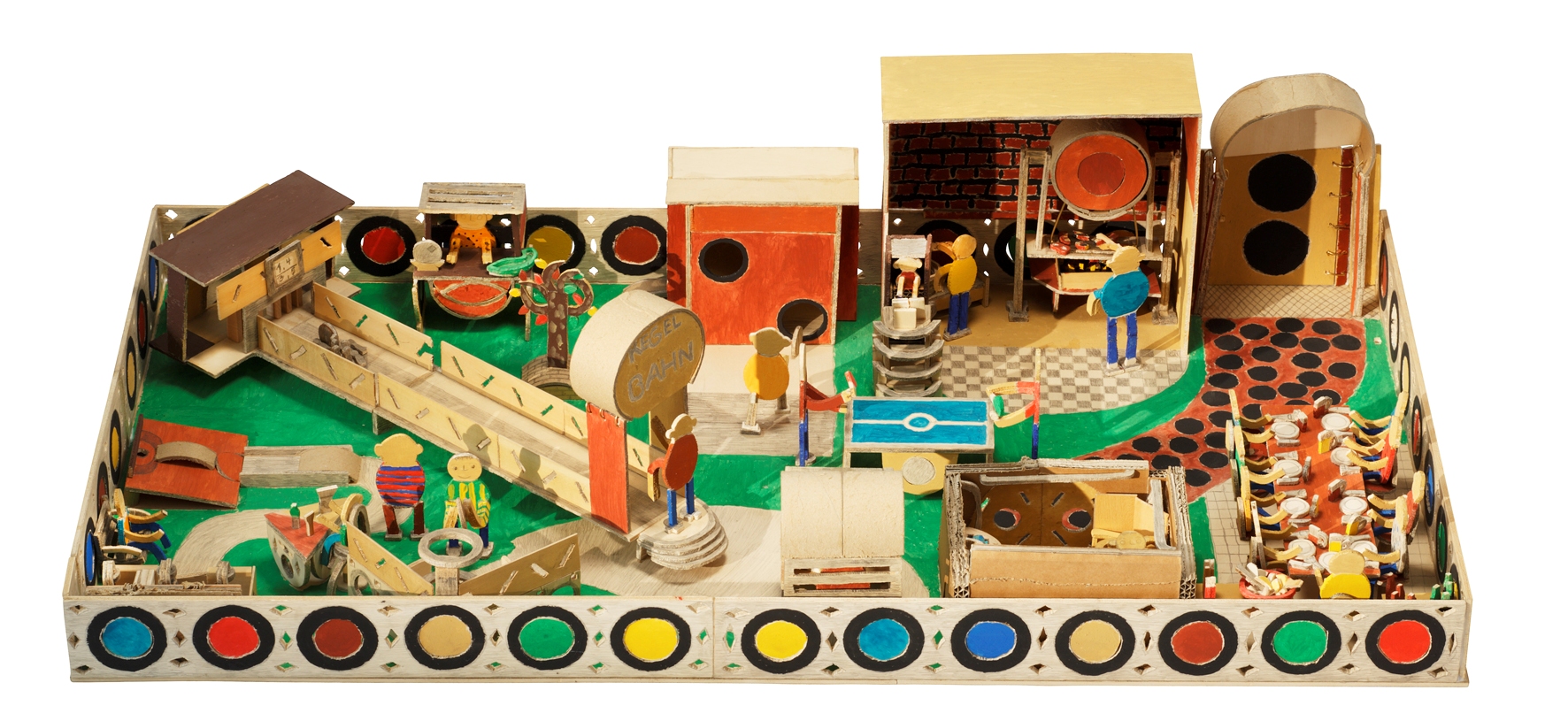
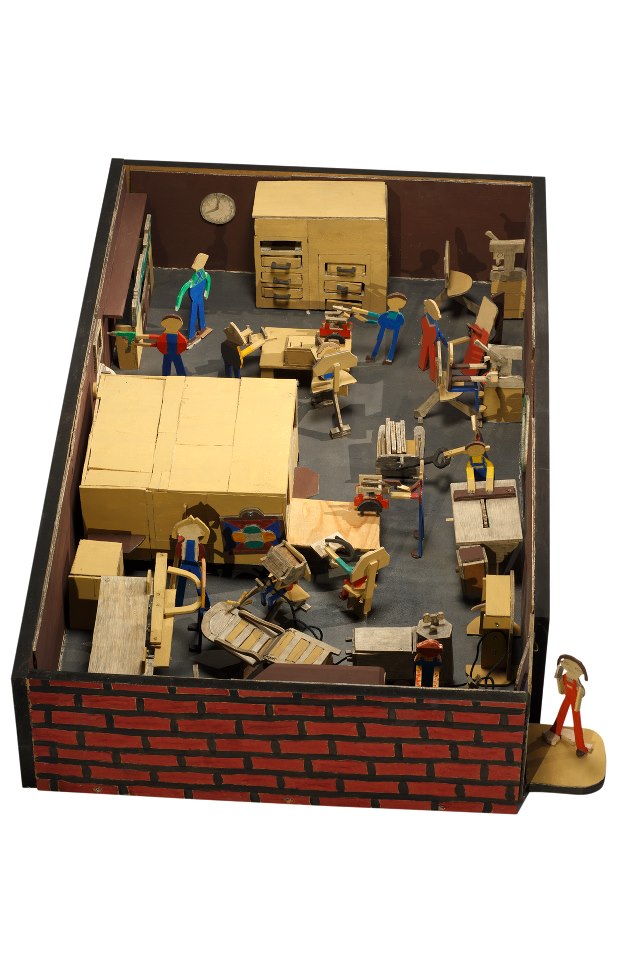
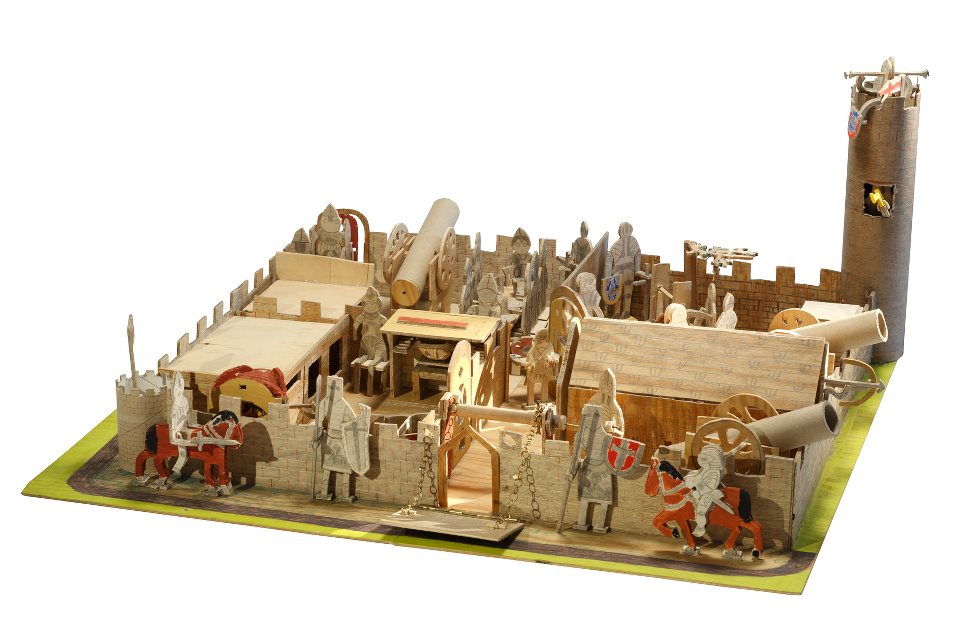
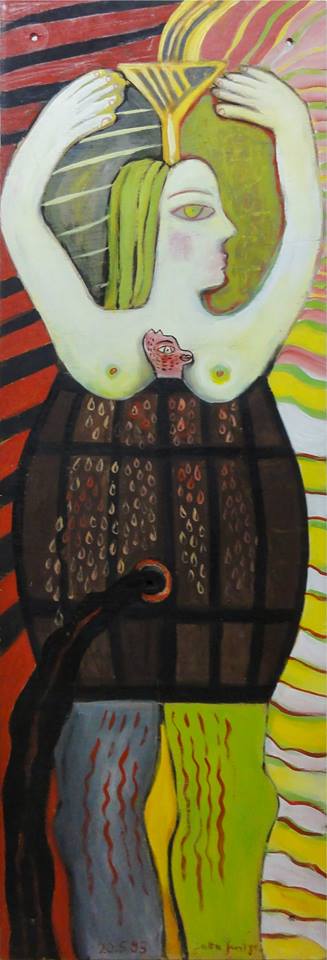
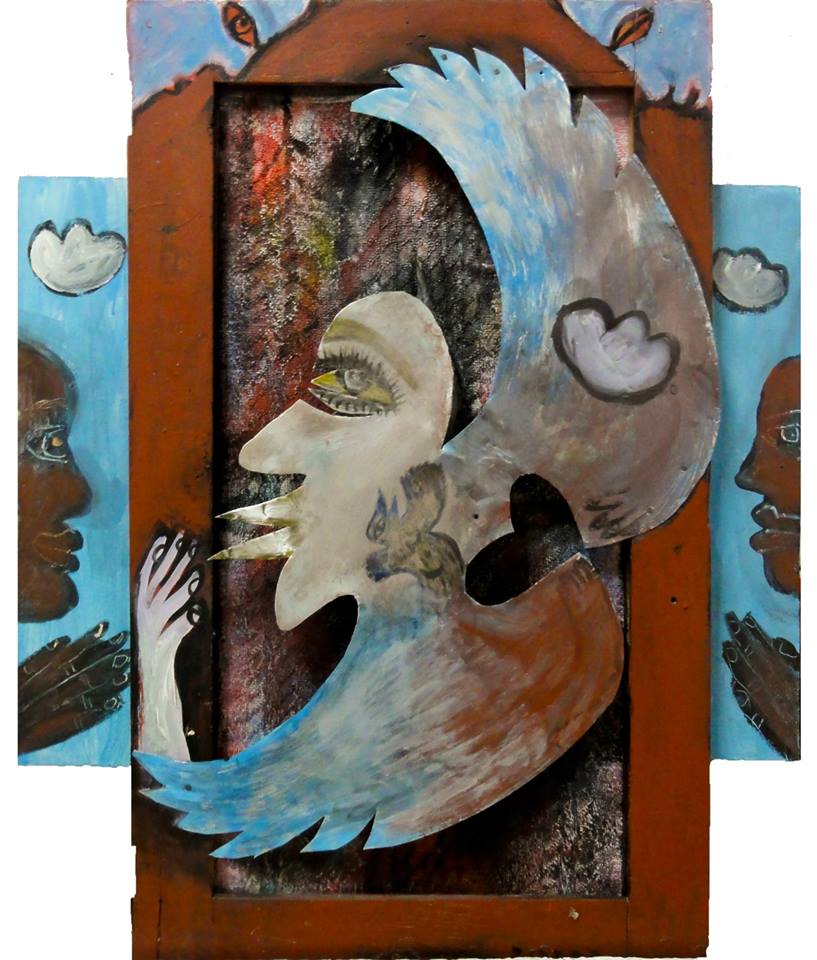
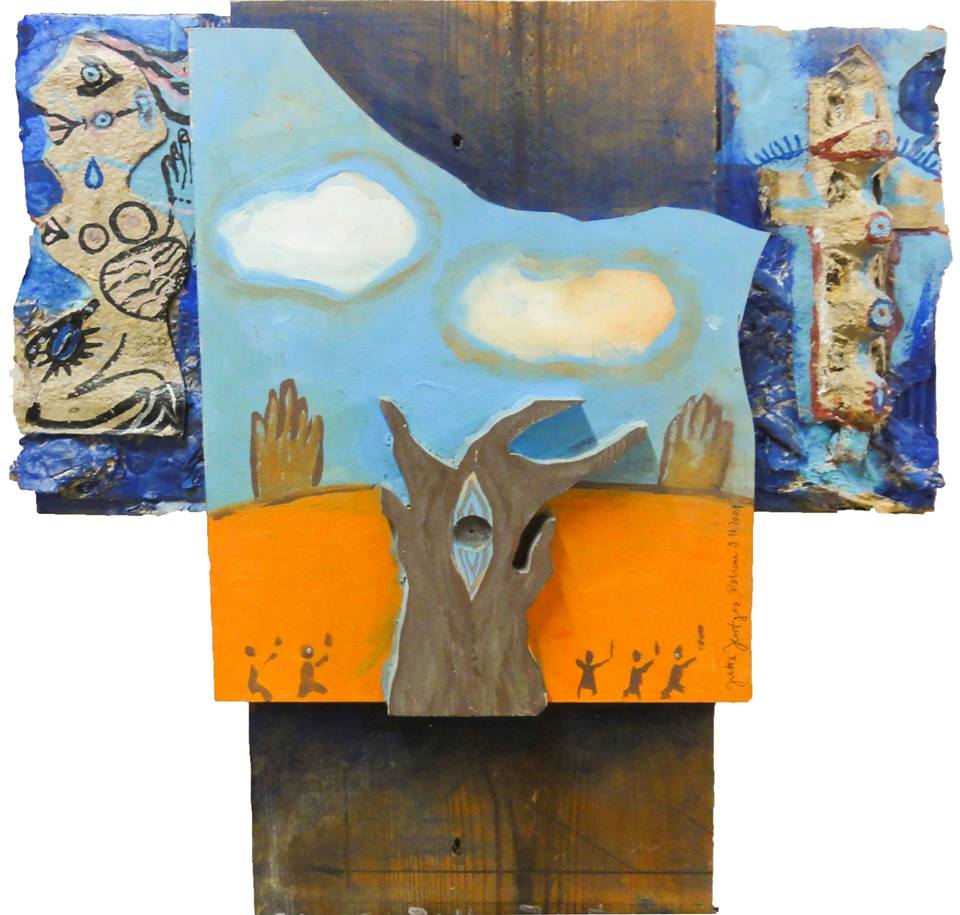
The artist Katinka Kaskeline from Berlin works with diverse materials and techniques that she brings together and develops into something new. She draws, paints and produces collages about subject matters that she discovers in her world and that seize her attention. The precise representations of fine, elaborated and detailed likenesses of human bodies, of dolls and fish, are an invitation to capture the complex connections of the images that are embedded in these motives. The special intensity of the represented subjects, e.g. the maggots and insects on a bed of abstracted, densely wounded bodies in “Shame” or the enchanted and gloomy imagery she collages out of animals, bodies and symbolic objects which are made using paint, cutouts from her own works, paper, as well as natural materials like dried insects, allow the viewer, by their expressive power, to think of Egon Schiele and Francis Bacon, and remind us of elements of surrealism. In this way, the artist creates her very own aesthetic that makes it possible for her to express phenomena in haunting images which people ambivalently can react to, i.e. between their own personal aversion and fascinating attraction.
Press Release for exhibition (TO BE AWARE 23.06.-04.08.2021)
The images of Alexander Kurfürst are energetic and densely drawn compositions made of dozens of expressive faces, mostly naked obscure figures or animals, and isolated architectural elements. They are often comically drawn with a black ink and in the style of a collage composed of many different individual elements, which contoured lines often merge into one another. One could try to follow the figures of Kurfürst that make their way on the paper like storylines or trains of thought. But the more Kurfürst fills his sheet of paper, the more it becomes difficult to keep track, whereby he repeatedly fills the drawn surfaces of those especially dense images with the smallest of minute details. In this way, his scenarios become a kind of progressive hidden object game, in which common rules and proportions can be dismissed with each new figure that emerges from the next contoured stroke. Through an exciting narrative game of repetition and variance, worlds of his own develop that may function as improvised utopias for the artist, and are populated with many naked women, elegant automobiles, motorcycles, skyscrapers and hotels. These are worlds in which a viewer could quickly lose oneself in, while making many new discoveries.
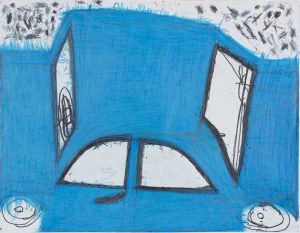
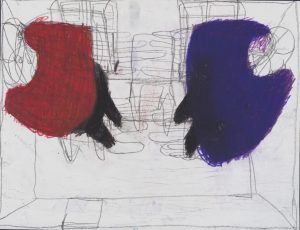
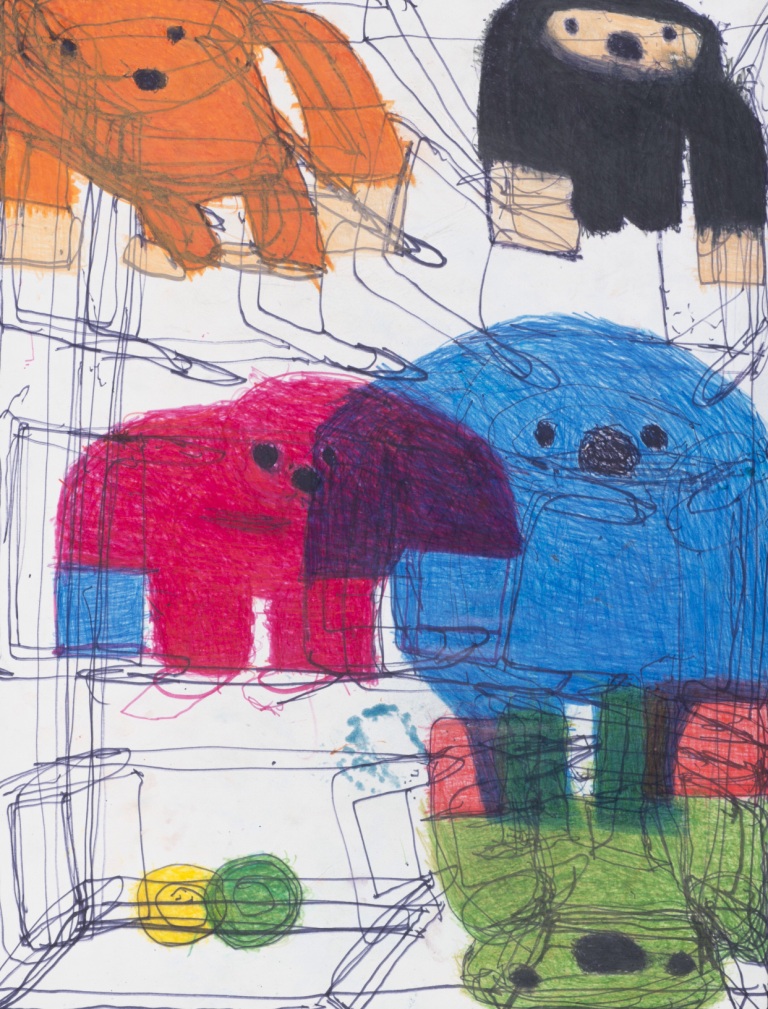
Markus Meurer creates his art out of wire using a diverse range of found objects and packaging leftovers. In the back of the gallery a room installation is on display, consisting of collages and numerous smaller works, mostly obscure insects and animal-vehicle hybrids. The exhibition is complemented by several in part man-sized figures. The art of Markus Meurer is characterized by special relations between nature and technology. There is no worthless item reflected in the artist’s oeuvre, only matter. In the world of objects and materials surrounding him, Meurer doesn’t know any hierarchy of valences. A bubble gum wrap can be as meaningful as the leftovers of an apple or bone remains. The artist explains, that the objects are communicating with him. If he, for example, finds a certain crown cap on the ground, he senses immediately, that he needs it to finish a piece. For Markus Meurer, his work is part of a larger philosophical context. He considers himself a sufferer, who can save the surrounding world piece by piece with every new artwork, which imply forces of strength or protection. In a decade long practice the artist developed an unmistakable style and a characteristic stylistic idiom. The art of Markus Meurer is rich in biographic references charged with secret meanings. He lives with a large number of his works and only reluctantly secedes from them. During the last years they were shown successfully in exhibitions, among them in Münster, Düsseldorf, Rotterdam and at the Halle Saint Pierre in Paris. At the museum Dr. Guislain in Gent a room for his works has been installed in the permanent collection. Since he was a little child the artist, who grew up in a very rural environment, learned from his father (also an Outsider Artist) to use tools and wire. After the father had an accident with his motorcycle and lost a leg, the family had to live in poverty. In this situation Markus Meurer developed his talent to use any possible material for specific purposes. The Meurer’s house became a total artwork, which initially the father and later the son worked on continuously, densely populated by a growing number of miniature motorcycles and figures of wood and stone. The municipality of Monreal showed no comprehension for this naïve-naturalistic art of the Outsiders and finally tore it down.
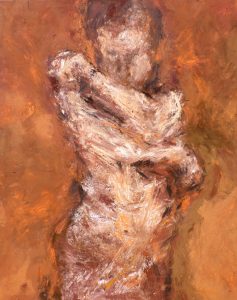
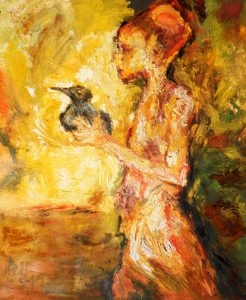
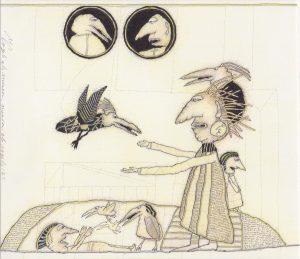
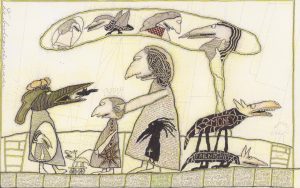
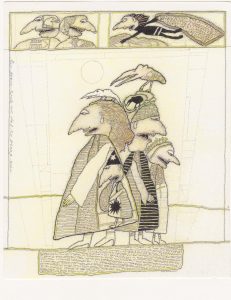
Huub Niessen (b. 1943) lives and works in Helmond, NL. Drawing has been a constant companion to the artist throughout his life. He studied languages in Nijmegen and worked as a journalist. Later he experienced a series of heavy depression spells that forced him to quit his job. It was in these situations that his artistic practice became especially intense. In his images Niessen creates a world that follows it’s own laws. They are narrative scenes, elegant and wryly-humoresque at the same time, with titles like „Ambition“, „Biological Mother“ or „Who am I“ and full of the artist’s feelings and thoughts, which are sometimes hard to express in words. He usually works with black ink and a minimal color palette on drawing paper and carefully composes picture stories and strange situations, which are reminiscent of book illustrations. Niessen has found his own language: in a highly characteristic style he creates his own figures, which always have something fable-like to them. Many of his figures are placed on backgrounds, or are equipped with speech balloons, filled with never-ending surfaces of handwritten text. Their typeface however remains (mostly) unreadable. The viewer is invited to decipher the metaphorical meanings of the artists‘ bizarre images. Many of his works are part of collections like the Guislain Museum, Belgium, the Musee de la Creation Franche, France, and Sammlung Demirel, Germany.